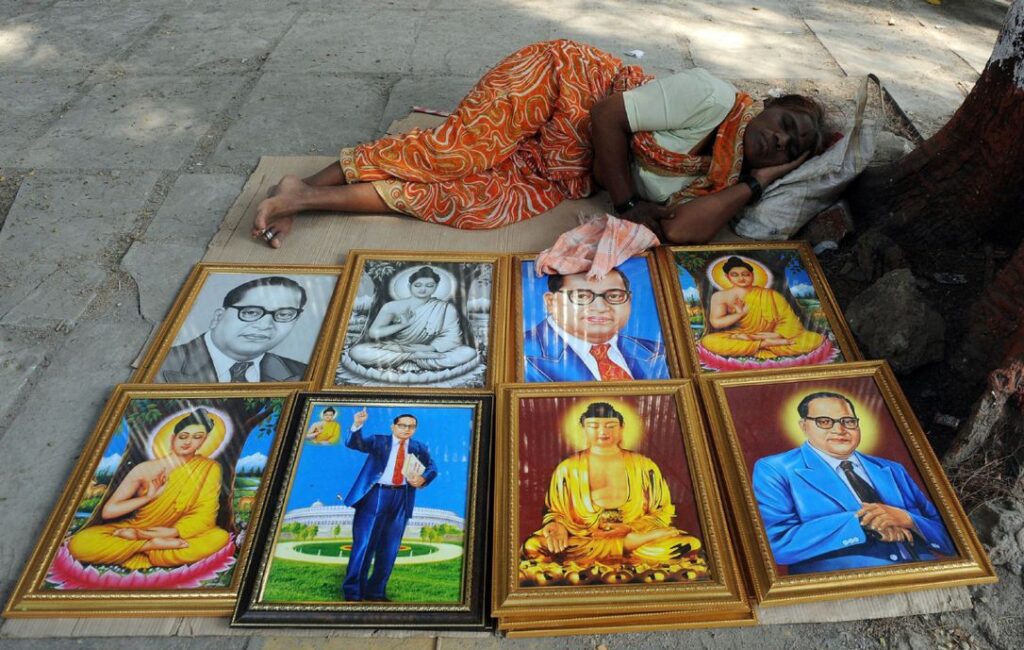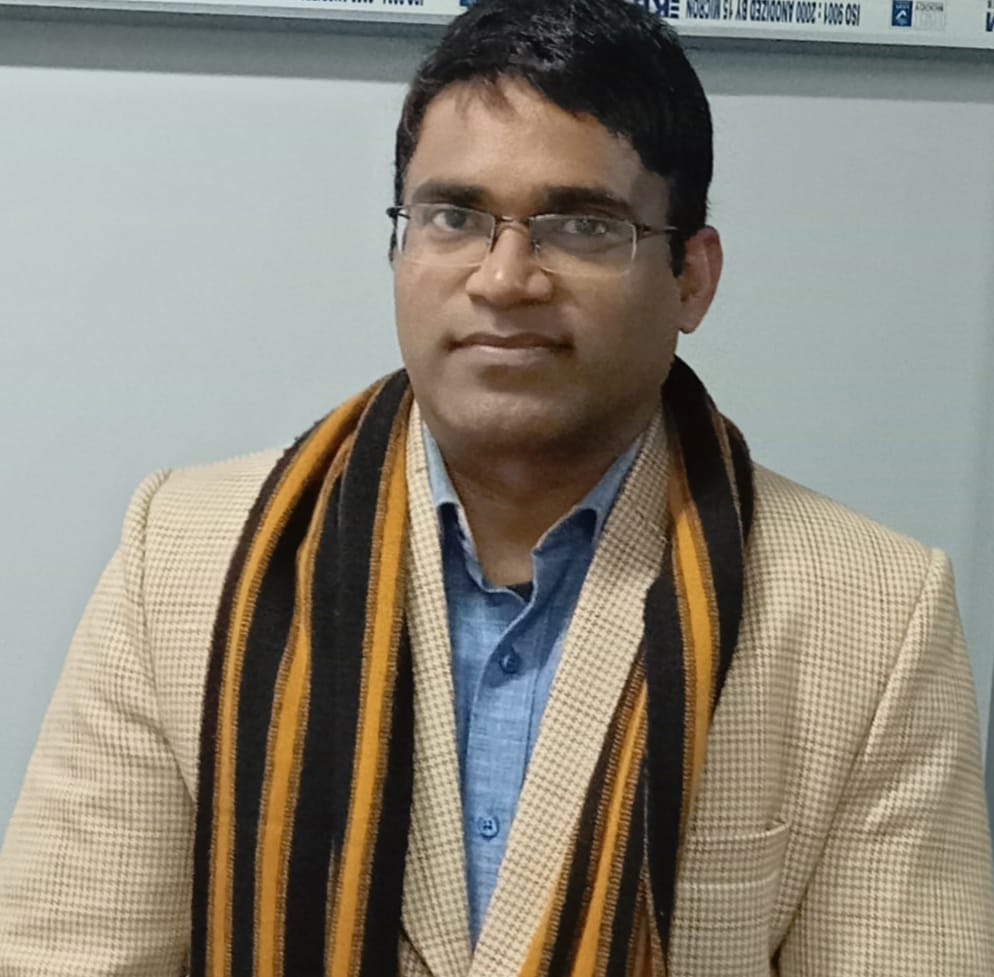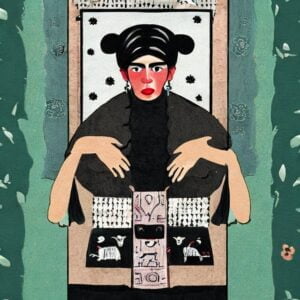There will be no need for affirmative action if we nationalize all public resources and redistribute them in a proportionate manner.

The term equality can be defined as the absence of inequality. In terms of the socio-economic conditions of the people of India, equality has never been on the topmost agenda. Hence, the gap between equality and inequality is very high and increasing over the years. This is not a natural phenomenon. Social inequality is the outcome of a rigid social structure derived from the Brahminical setup of society based on vertical stratification. While the basic unit of vertical social stratification is caste, horizontal stratification or economic inequality is a political choice.
Human beings are equal in their biological composition but unequal in the socio-political and economic terms. These inequalities are not natural but intentional. Our social system labels a particular class or community based on its historical occupational practices and will continue to do so because these labels are prescribed by self-proclaimed
“pure people” who think they are historically superior. After labelling, their next step is to isolate the labelled class or community. Isolation forces them to adopt endogamy. A rigid social system that offers no chance to upgrade vertically or horizontally, no matter what skills you acquire or what high values of life you practice, implies that once you are born in a certain caste, you have to die in the same caste.
After the promulgation of the republic and democracy through the Constitution of India, every citizen is equal without any labels. Politically, every citizen has equality, i.e., one person, one vote with one value. Further, to wipe out historical inaccuracies, our Constitution also talks about affirmative action so that the socio-economic disparities can be bridged between the socially low (“polluted”) and socially high (“pure”). This still remains a big challenge for the biggest democracy even after seven decades of affirmative action.
It is not that India has never experienced equality. Indian society is an egalitarian one since its inception and it is a systemic attempt to infuse graded inequality after the Indus Vally civilisation. Archeological excavation has proved that we were in fact the most equal society in the world. Inequality, especially wealth and income were very high under British colonial rule, with a top 10% share around 50% income. After independence, instead of going down, it is only increasing. The World Inequality Report-2022 measures wealth and income inequality instead of simply measuring Gross Domestic Product (GDP) to assess the status of a country because GDP is a blind measure of human well-being as it ignores inequality, environment, human development, and quality of life. Simply measuring the final value of goods and services produced in the territory every year under the GDP measurement doesn’t give us the true picture. We have a good track record of GDP growth but at the same time, we have poor rankings in UNDP’s Human Development Reports and Gross National Happiness Index (GNHI) etc. A country where the largest section of the population in the world lives below the Poverty Line ($1.90 per day) and suffers from a poor GNHI ranking (101 out of 116 countries in the year 2021) should be a serious concern. On the other hand, India is transforming into Digital India, i.e., everything is available in just one click except livelihood. How ironical.
There is a huge gap between those who have enough stock of wealth and regular flow of income as compared to the labelled and isolated class/communities, especially the SCs and STs. India is a very attractive destination – the largest consumption market for the rich and wealthy people who can easily multiply their wealth and income.
According to the World Inequality Report-2022, the top 1% people in India own 33% share of wealth and the gap between the top 10% and bottom 50% gives us the true picture of wealth inequality. The top 10% own 64.6% of total wealth while the bottom 50% own only 5.9% of total wealth. Here, wealth means stock of assets, capital, land, machinery etc.
| Segment of population | Absolute value (PPP€) | Percentage Value of wealth |
| Top 10% | 231300 | 64.6% |
| Next 40% | 26400 | 29.5% |
| Bottom 50% | 4200 | 5.9% |
| Segment of population | Absolute value (PPP€) | Percentage Value of Income |
| Top 10% | 2000 | 13.1% |
| Next 40% | 5500 | 29.7% |
| Bottom 50% | 42500 | 57.1% |
The Wealth to Income ratio allows us to measure how a nation and its people are protected from natural or man-made calamities, disasters, economic recessions and other livelihood risks and enjoy the same level of leisure, comfort and well-being without any effort and tension for n of years. Wealth to Income ratio talks about livelihood and standard of living sustainability. According to the above definition, if we calculate the wealth to income ratio of the top 10%, it comes around 5.5 or 550% which means that the top 10% can survive for 5.5 years without making any efforts and can enjoy the same level of living standard for 5.5 years.
Similarly, if we calculate the wealth to income ratio of the top 1% (socially high), it comes around 731 years while the bottom 50% (socially low) can survive for only 2 years at their current standard of living. Therefore, it can be concluded that those who are socially backward are also economically disadvantaged.
The top 1% can enjoy for 731 years while the bottom 50% can enjoy for only 2 years and such a difference represents two extremes. In other words, this is known as ‘economic polarization’. This process of polarization hastened post-1990s when we opened up our economy and accelerated the process of crony capitalism. Due to that, it is not only the individual’s but the nation’s wealth that is deteriorating. We are following the policies of disinvestment of profit-making PSUs, and other government aided organizations on which nations have full faith and confidence. By doing so, governments are becoming rich but nations are becoming poorer. Income inequality maybe good as it motivates others to do hard work/innovate, provided it is driven by knowledge and hard work based on impartial opportunity whereas wealth inequality is dangerous as it is purely driven by social-political choice that goes against the principle of natural justice. Recently, Covid-19 has also widened the gap between rich and poor. The rich are becoming richer and wealthier while the poor are becoming poorer during the pandemic. The bottom 50% are starving for basic needs while the top 10% are celebrating their quarterly growth in stock of wealth and revenue while governments are bleeding due to acute shortage of capital stocks, resources, and revenue etc. Net private wealth is increasing while net public wealth is depleting: this is not a theory of public choice but a theory of political choice as well as a product of Kleptocrats with crony capitalists.
Occupation is the most discriminatory subject in terms of social category and economic avenues. It also relates to caste and therefore consumption. This surely affects capabilities of the Bottom 50% people if they do not get enough calories. Further, their calories intake decides their capabilities: if they are busy in earning calories by burning calories, this will eventually result in a labour class that produces further labour and services for the coming generations.
Despite India being a welfare state wherein affirmative actions were enforced more than seven decades ago, we see the gap between the top 1% and the bottom 50% only increasing. Contrast this to other BRIC economies, where it is declining. It is not the fault of affirmative policies but the spirit of implementation of these policies. We have never tried to redistribute the public resources in such a way, so that everyone has the opportunity to improve and prove their potential without any label or prejudice. For that, there needs to be an assured supply of public goods like nutritious food, good quality education and health.
There will be no need of affirmative action if we nationalize the public resources and redistribute them in a proportionate manner. It will create a level playing society in which each and every human being will have an equal chance to move vertically up and horizontally right. There will be no place for discrimination based on gender, caste, race, and geography. A nation which has been depleting its wealth as a policy choice is likely to miss the train of subjective well-being with dignity, if it doesn’t act soon.

Dilip Singh Aswar
Dilip is an ITS officer in the Ministry of Communications, Government of India. His views are purely personal.



